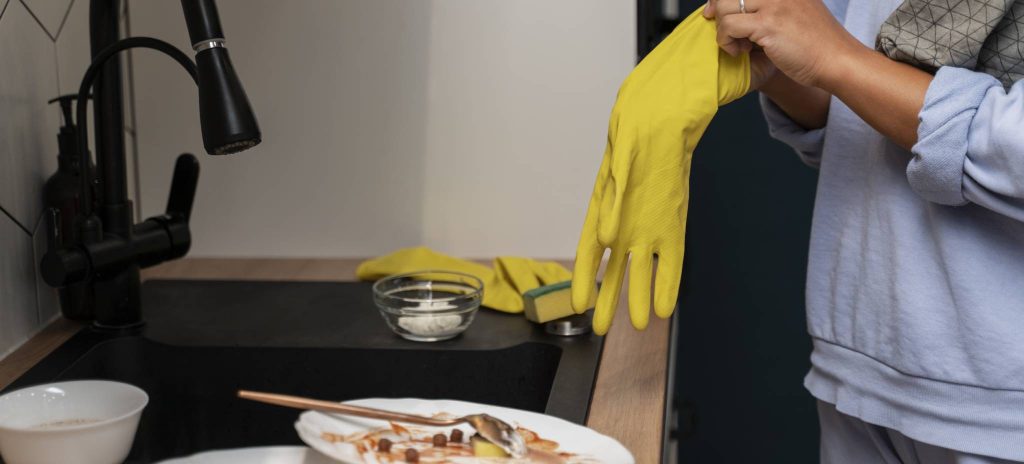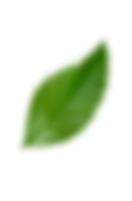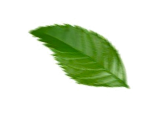Free Shipping Over £75 Orders
- 100% RECYCLEABLE PACKAGING HERBAL AND ORGANIC INGREDIENTS
Free Shipping Over £75 Orders
- 100% RECYCLEABLE PACKAGING HERBAL AND ORGANIC INGREDIENTS

The kitchen, often considered the heart of a home, can also be the dirtiest place in a household. While we may immediately think of the obvious mess, like dirty dishes or a sticky floor, there are often overlooked areas and objects that harbour bacteria and grime. It’s important to consider: are there other places you might be forgetting to clean?
Think about the surfaces and items you use daily during food preparation. Kitchen counters, handles, sinks, sponges, and reusable water bottles are just a few examples. These items are frequently touched and can quickly become breeding grounds for bacteria. Therefore, it’s crucial to disinfect them regularly, either daily or a few times a week, to prevent the buildup of harmful bacteria and cross-contamination.
In every kitchen, appliances like stoves, microwaves, and refrigerators have control panels or handles that we touch every time we use them. Surprisingly, these parts are often overlooked when we’re cleaning our kitchens deeply. This is a problem because we frequently touch them, especially when cooking or handling raw food.
To keep your kitchen clean and safe, it’s crucial to remember to wash these knobs, buttons, or touchpads at least once a week. This helps prevent the buildup of harmful bacteria and keeps your kitchen hygienic. Use a natural surface cleaner, disinfectant wipe or spray-on disinfectant cleaner along with a clean cloth or paper towel to thoroughly clean kitchen cabinet pulls, appliance handles, and control panels. By doing this regularly, you can ensure that your kitchen remains a healthy and clean environment for cooking and preparing food.
Even though water, soap and detergent is constantly flowing through your kitchen sink, there are still microbes that can linger on its surface, especially in hard-to-reach areas like the crevices where the sink meets the counter, around the drain, and on garbage disposal stoppers.
To maintain a clean and hygienic kitchen environment, it’s important to disinfect the kitchen sink regularly. For longer lasting and best results, this should be done after every meal preparation, dishwashing session, or at least once per day. Don’t forget to also clean the handles, faucet, and the counter areas surrounding the sink, as they can accumulate splatters when rinsing off contaminated foods.
While we’ve already discussed the potential bacteria lurking on refrigerator handles and touchpads, it’s worth noting that harmful bacteria can actually thrive inside your fridge, despite the cold temperatures.
To keep your fridge clean and safe, it’s important to take certain precautions. Most fruits and vegetables will stay fresh longer if they’re not washed before storing. However, it’s essential to wash the drawers often to prevent contamination from food residues or bacteria that may be left behind.
The same applies to raw meat stored in the refrigerator. Packaging leaks and fluids can accumulate in the drawers and along the edges of shelves, leading to potential bacterial growth. Even packaged products like milk or tubs of butter have been handled and stored multiple times before entering your refrigerator.
To effectively eliminate bacteria, yeast, and mould, it’s recommended to remove refrigerator drawers or shelves monthly if you can and wash the surfaces with mild detergent and hot or warm water. Dry them thoroughly with a clean cloth or paper towel. In between thorough cleanings, be sure to wipe away any spills and quickly wipe the interior surfaces with a disinfecting wipe.
Additionally, consider taking the extra step of dusting the top of the appliance and vacuuming behind and underneath it. Removing the vent cover to vacuum the coils is also beneficial, as dust accumulation on coils can make the refrigerator work harder to stay cool, using more energy, and food particles hiding underneath can attract insects.
For more detailed information on cleaning your refrigerator, check out our post on “How to Clean the Refrigerator?” Incorporating these cleaning practices into your routine can help maintain a clean and hygienic fridge.
Cutting boards, especially wooden ones, can easily harbour bacteria in the tiny crevices that develop after just one use. To minimize the risk of contamination, it’s crucial to have separate cutting boards for different types of food: one for fruits and vegetables and another for meats.
After each use, wash the cutting boards thoroughly with hot, soapy water, and rinse them well with hot water. It’s crucial to use natural washing up liquid with wooden cutting boards as wood soaks the product, too. It’s also important to dry them completely with a paper towel or clean dish towel to prevent bacteria from thriving in a warm, moist environment. Avoid leaving the boards to drip dry.
Additionally, it’s best to avoid using wooden cutting boards when slicing meat or chicken, as bacteria can cling to the wood and be difficult to remove. Instead, opt for cutting boards made of materials that can be sanitized more effectively, such as plastic or glass (but be careful as glass is slippery). These boards can also be placed in the dishwasher for a thorough cleaning.
Another commonly overlooked area to consider when cleaning your kitchen is the salt and pepper shakers. These shakers are frequently used and touched during food preparation, making them potential hotspots for bacteria.
To keep your kitchen hygienic, it’s important to give the salt and pepper shakers a careful wipe down with a disinfecting wipe after every meal preparation. Additionally, it’s advisable to give them a thorough cleaning at least once a week to ensure they remain free from bacteria buildup. Just don’t forget to use natural products! Make sure to opt for hypoallergenic products, too, as you use the shakers almost daily and can be affected by harsh chemicals in traditional products, especially if you have allergies or asthma.
Stay Informed About Us!



Main Menu
Cookies
We use cookies to personalise content and ads, to provide social media features and to analyse our traffic. We also share information about your use of our site with our social media, advertising and analytics partners who may combine it with other information that you’ve provided to them or that they’ve collected from your use of their services.